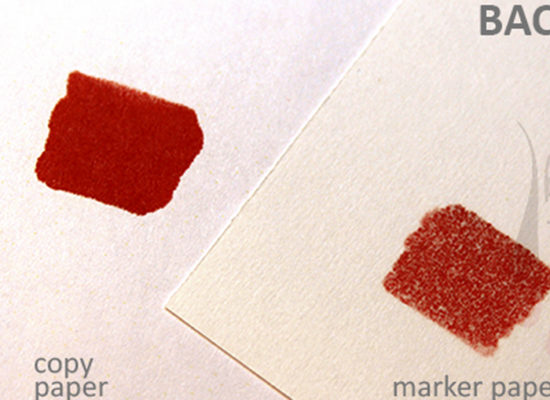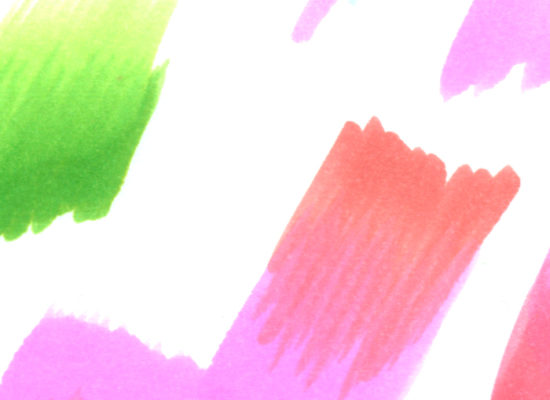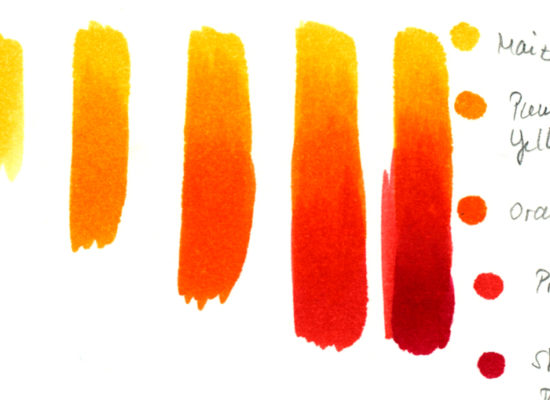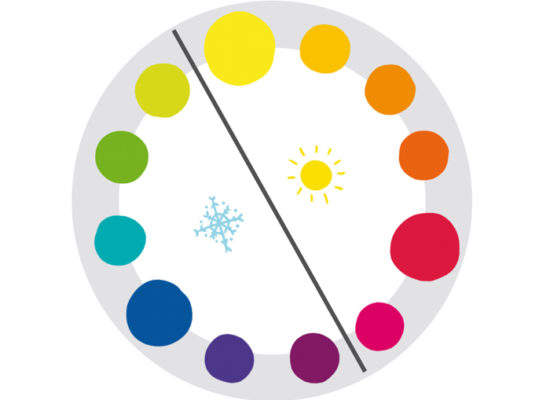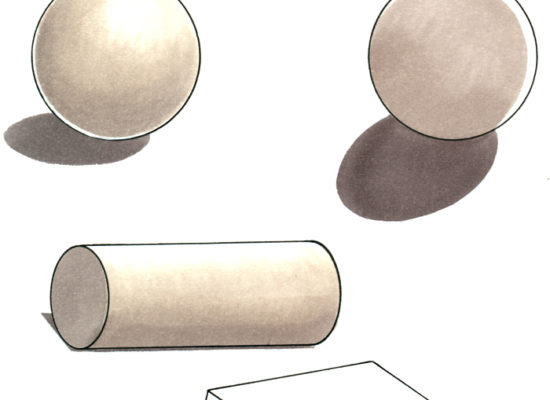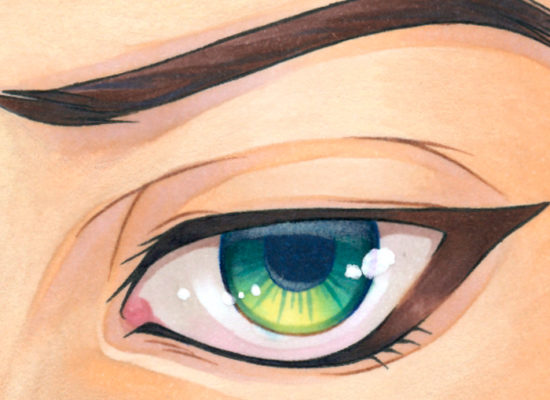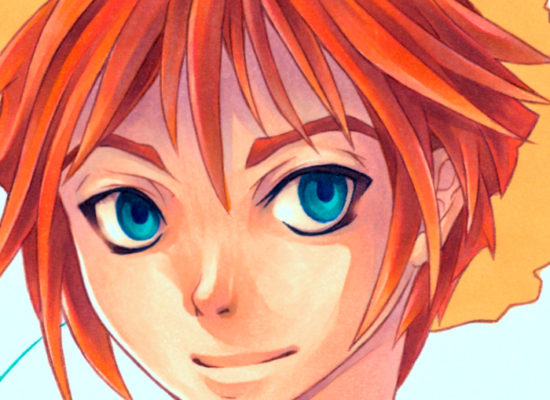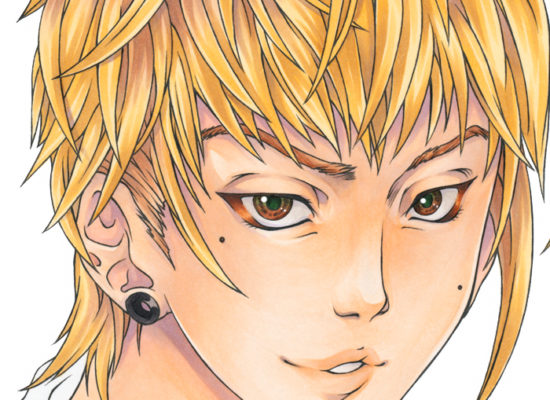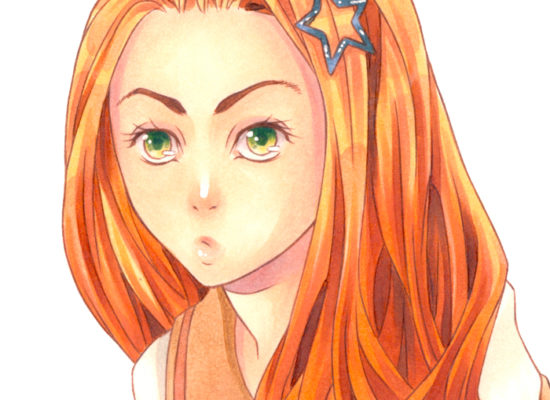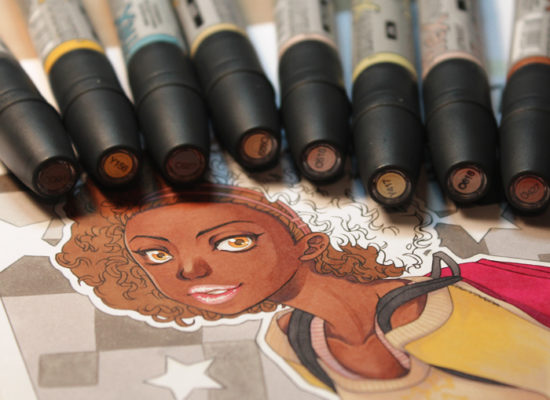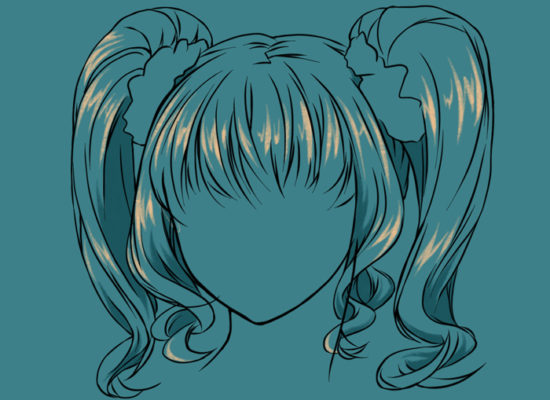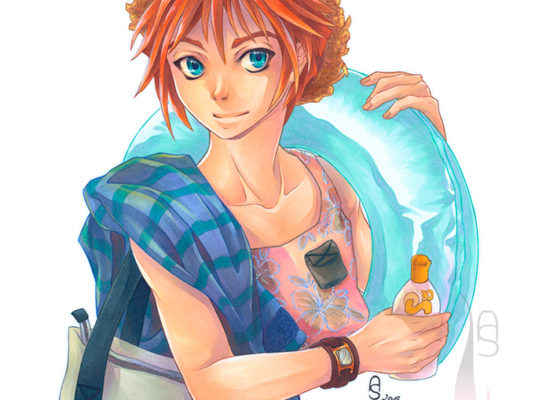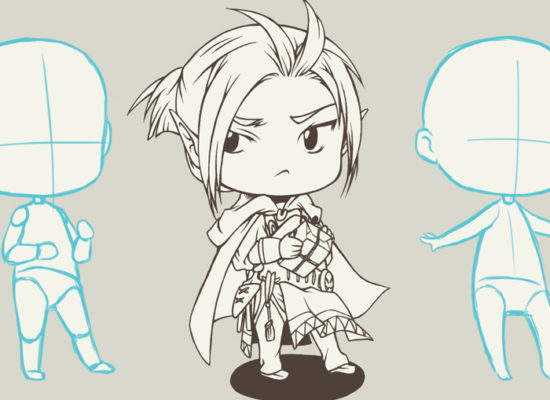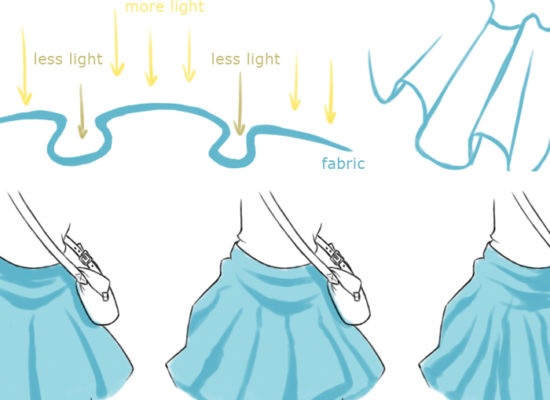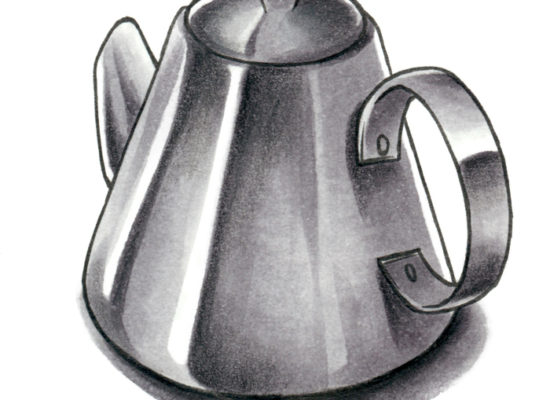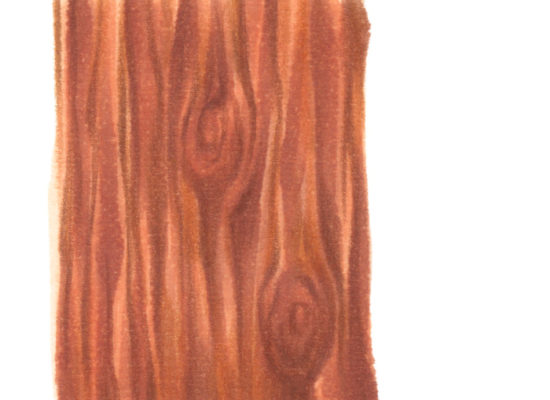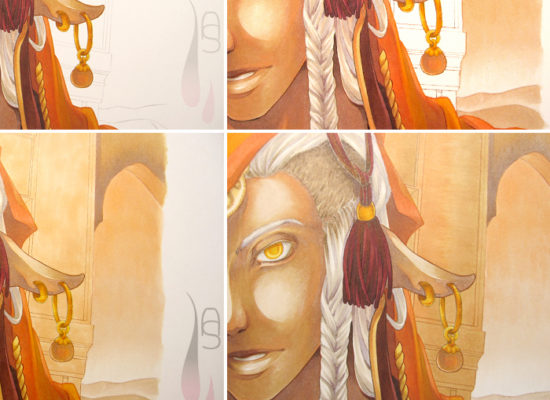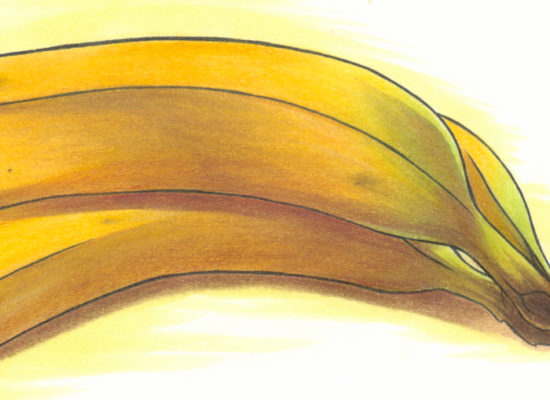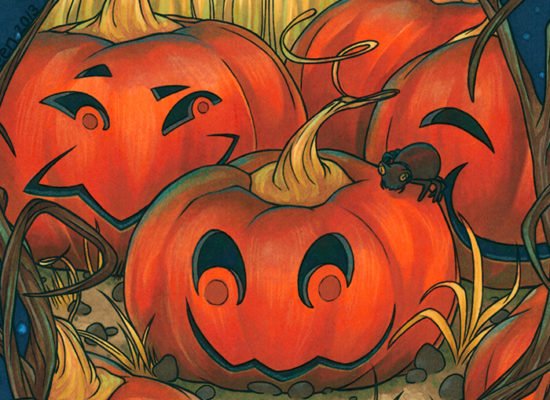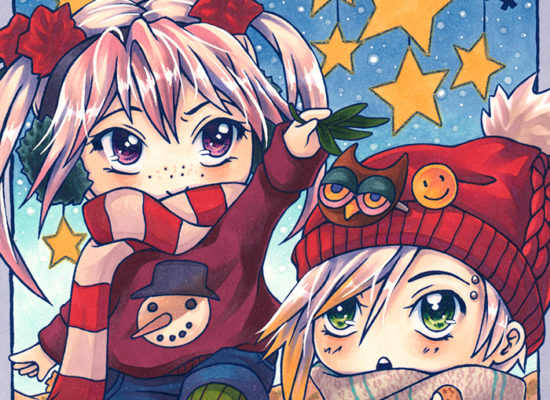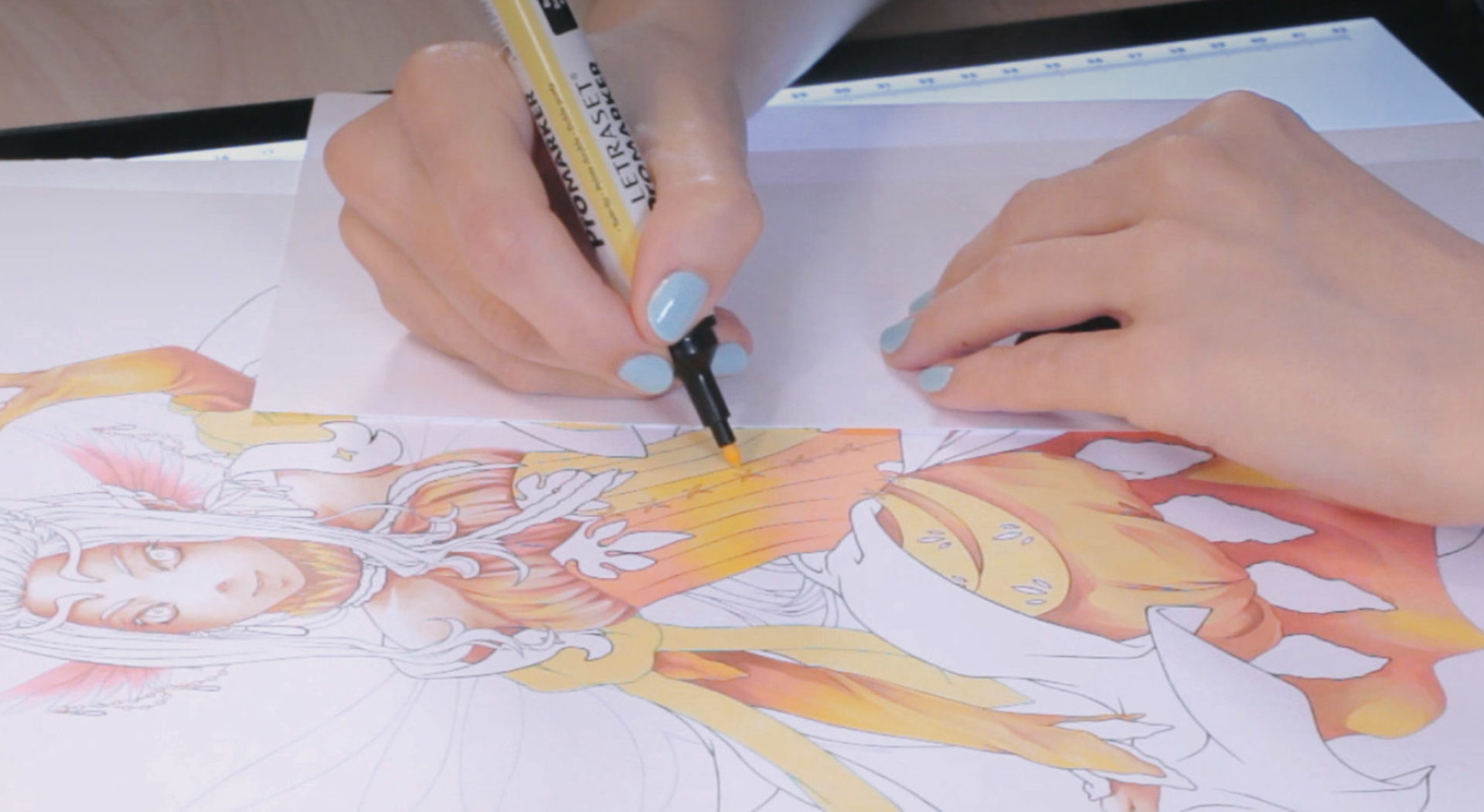Tutorial
BASICS | Pleated Skirt
When it comes to colouring characters, it is not just about the skin, hair or eyes, but the clothing too. Clothes can tell a lot about a character and should be treated as equally as important as the character’s features. Until now I had a lot of male characters in my tutorials as examples, so I decided to increase the female quota a bit. I thought it was time to talk about clothes and what kind of clothing piece could be considered feminine? Exactly, a skirt. Of course there are many types of skirts out there, but remembering that a lot of manga/anime characters are still going to school I decided to cover pleated skirts. Though this doesn’t exclude a pleated skirt from being worn in a more casual manner. Let’s get started.
Step 1
In the example below I purposely left the outlines of the skirt aside, because I would like you to think more about the clothes your character is wearing. It is not just ‘she is wearing a skirt’ or ‘she is wearing trousers’. It is about the fabric as well. Hence the overall look can completely change depending on the kind of material the clothing piece is made of.
For now I know my character is wearing a pleated skirt in a casual way; so how do I continue?

Step 2
Now comes the more difficult part: clothes have folds and a pleated skirt is no exception. Try to visualise (or observe on yourself/others) how the cloth behaves when it is bent, compressed or folded. In all of these cases folds appear and are mainly visible through their cast shadows. Of course you can always depict foldings in your outlines, yet it can be easy to go overboard with them. Less is often more, and hinting at folds with the shading only can greatly improve the outcome.
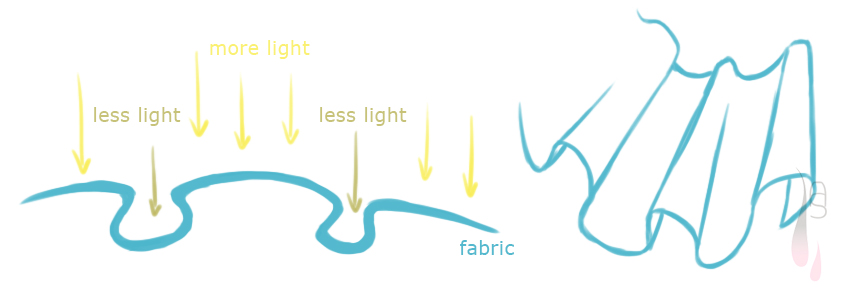
Step 3
With the folding of a pleated skirt in mind it is time to think about the actual fabric you want to depict. Textiles come in many different textures and weight, which should be included in your train of thought. Why you may ask? Depending on the type of the material, the folds, which appear will vary greatly.
The first example features a heavier material; the skirt has only a few pleats and little folds around the waist. In the middle the skirt seems to be made of a material, which is lighter than the previous one with more pleats and folds. On the right we have skirt made out of lightweight fabric. It shows many folds and pleats, and looks rather fluffy.
Even though I omitted the outlines on the skirt and only hinted at the folds though shading, the viewer can grasp the kind of material the skirt is made of. Generally, heavy fabric produces bigger, but less folds. The more lightweight the fabric is, the more folds appear, which are also thinner and smaller.
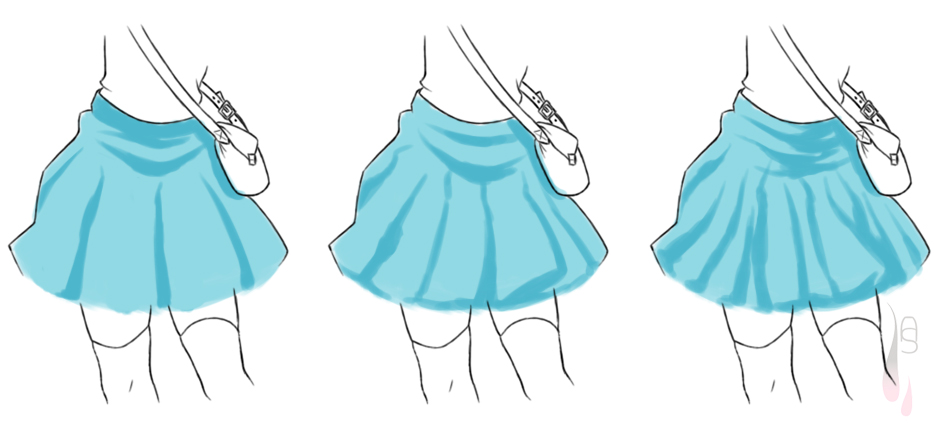
The next time you dress your character, think not only about the type of clothes he/she is wearing, think about the type of fabric as well. Until next time!
© Aileen Strauch, first published on the Letraset art blog in 2014
